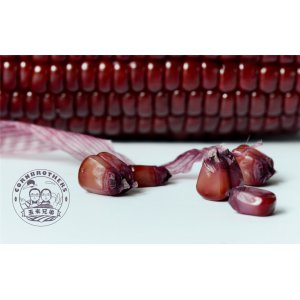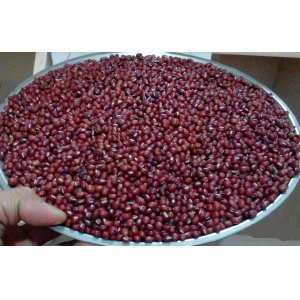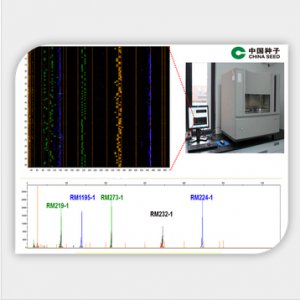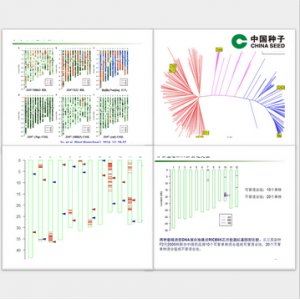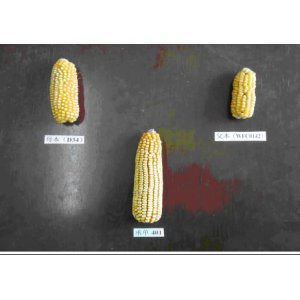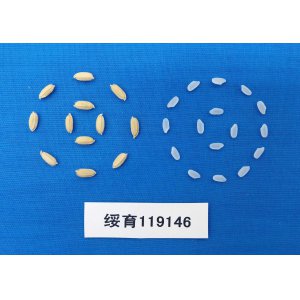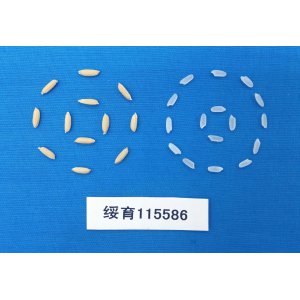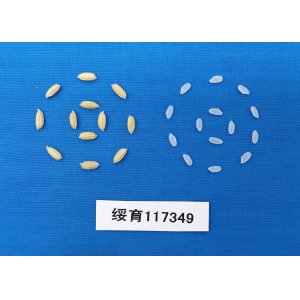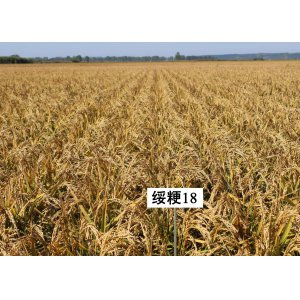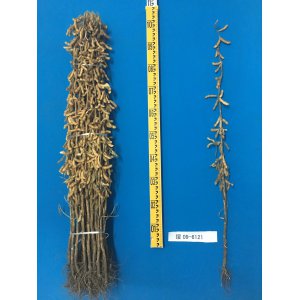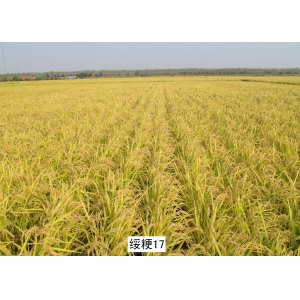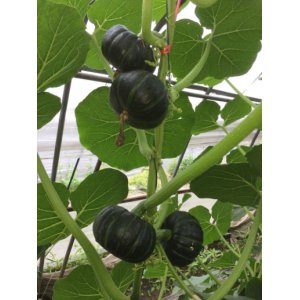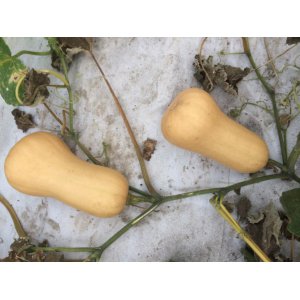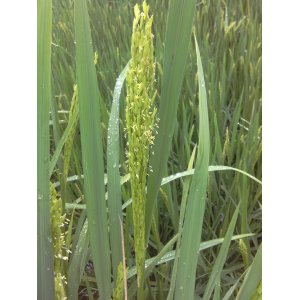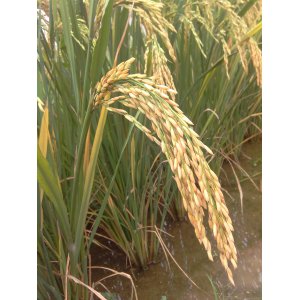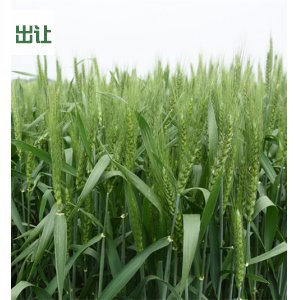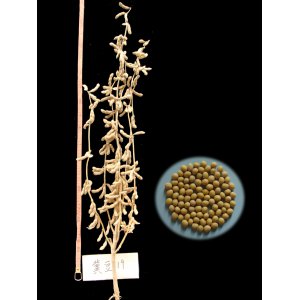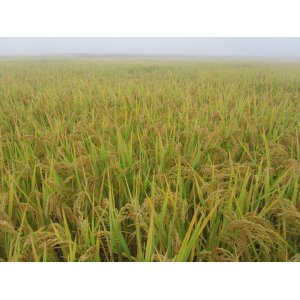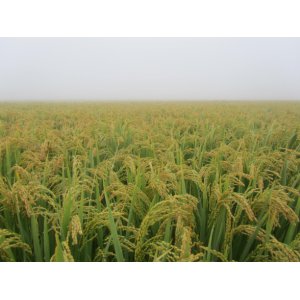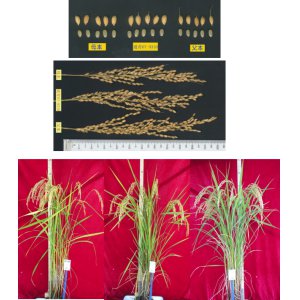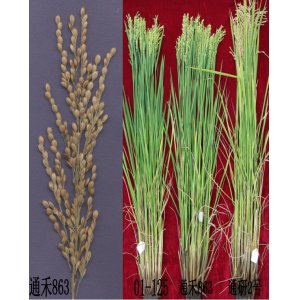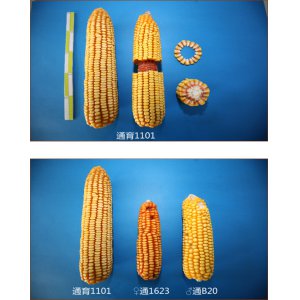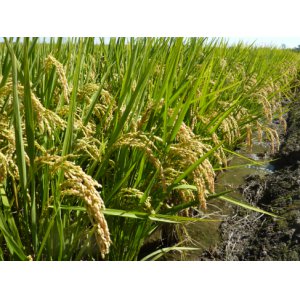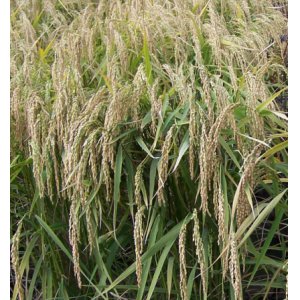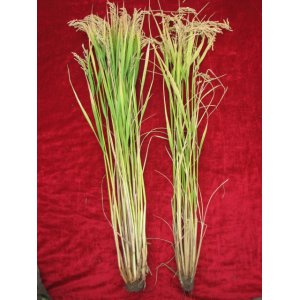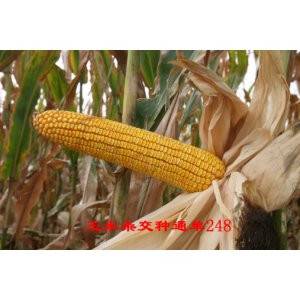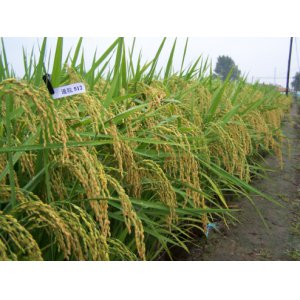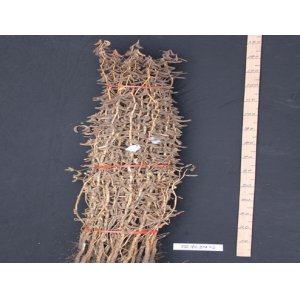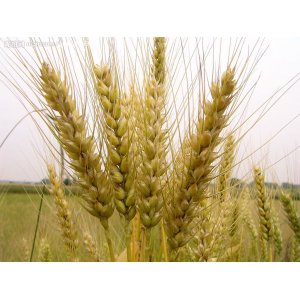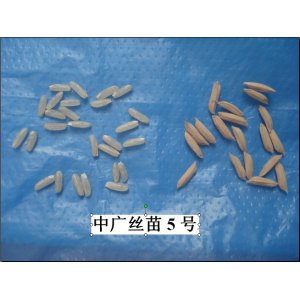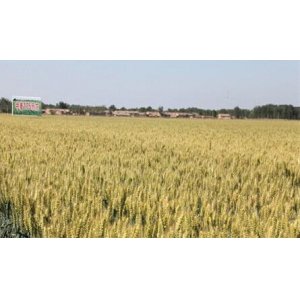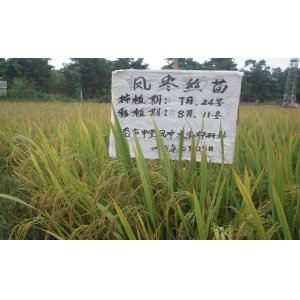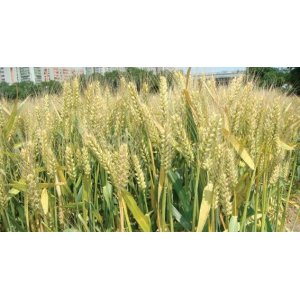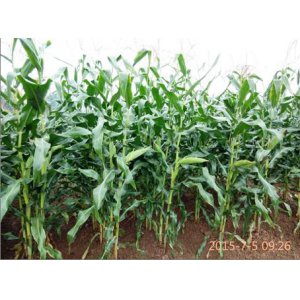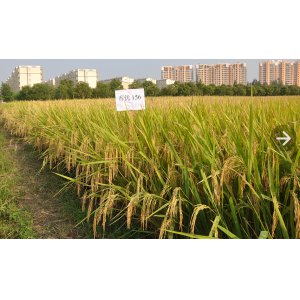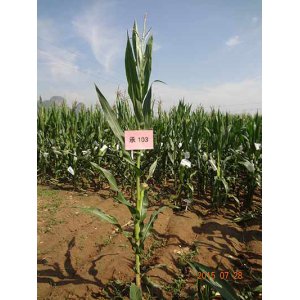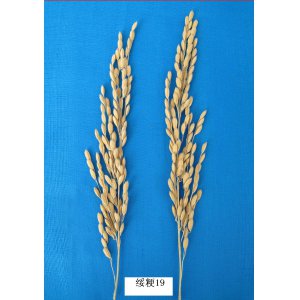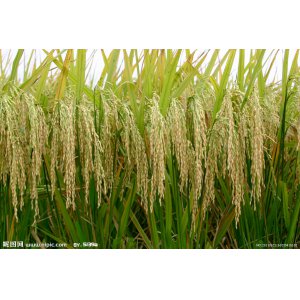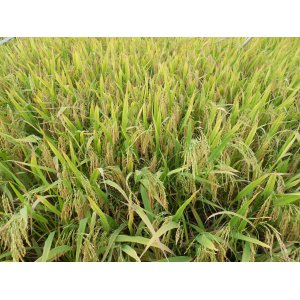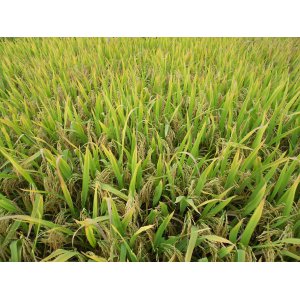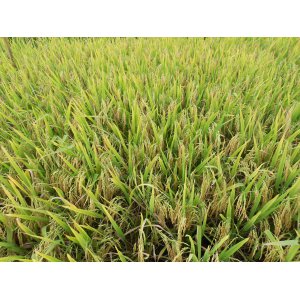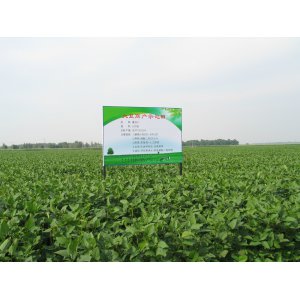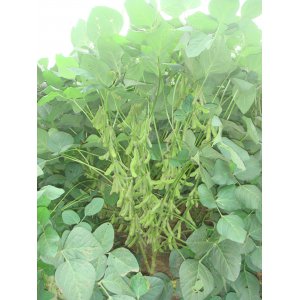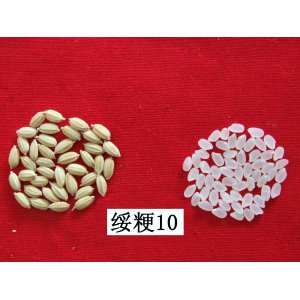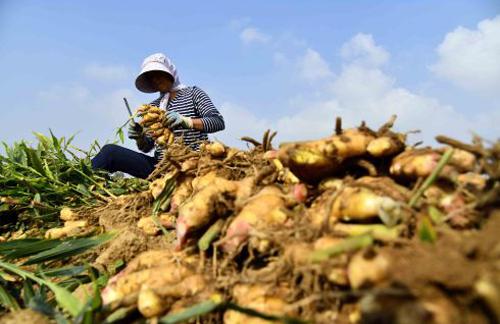
大豆成熟期随生长环境(光周期和温度差异)不同而有所差异。该性状是由多基因控制的数量性状。目前,已发现7对与开花期和成熟期有关的主效基因,分别被命名为E1/e1-E7/e7,统称为成熟期基因(maturity genes)。研究E基因的作用模式以及与环境的互作关系对于培育区域适应性品种,保证大豆成熟度,提高大豆产量至关重要。最近,美国农业部、密苏里大学、陶氏益农公司等多家单位的研究人员开发了一个大豆成熟期性状的分子模型,对大豆育种家精准地选育区域品种具有指导作用。
研究人员从北美的远祖种、中国和北美的栽培种或过保护期的品种以及育种公司品系中搜集了大量的大豆种质资源,并在这些品种中借助SoySNP50K芯片技术测试了主效基因E1、E2、E3和E4位点的遗传多样性。结合各品种在不同成熟期生态区中的生育期表现,研究人员绘制了E基因与各生态区环境的关联图谱。该图谱不仅显示了E基因遗传多样性对大豆品种适应不同生态区的关联性,而且展现出了E基因位点和成熟期性状上很强的人工选育信号。大豆是光周期反应敏感的短日作物,适应不同地区、不同播季的大豆品种首先要有合适的生育期性状。不同生态区条件下成熟期主效基因功能的研究和该分子模型的创建为大豆成熟期相关基因的有效利用和成熟期性状的定向改良提供了新的依据。为培育适应不同生态条件及耕作制度的大豆品种提供了宝贵的资源。
BMC Plant Biol. 2017 May 30; 17 (1): 91.
The development and use of a molecular model for soybean maturity groups.
Author
Langewisch T, Lenis J, Jiang GL, Wang D, Pantalone V, Bilyeu K*.
Plant Genetics Research Unit, United States Department of Agriculture-Agricultural Research Service, University of Missouri, USA
Abstract
BACKGROUND:
Achieving appropriate maturity in a target environment is essential to maximizing crop yield potential. In soybean [Glycine max (L.) Merr.], the time to maturity is largely dependent on developmental response to dark periods.Once the critical photoperiod is reached, flowering is initiated and reproductive development proceeds. Therefore, soybean adaptation has been attributed to genetic changes and natural or artificial selection to optimize plant development in specific, narrow latitudinal ranges. In North America, these regions have been classified into twelve maturity groups (MG), with lower MG being shorter season than higher MG. Growing soybean lines not adapted to a particular environment typically results in poor growth and significant yield reductions. The objective of this study was to develop a molecular model for soybean maturity based on the alleles underlying the major maturity loci: E1, E2, and E3.
RESULTS:
We determined the allelic variation and diversity of the E maturity genes in a large collection of soybean landraces, North American ancestors, Chinese cultivars, North American cultivars or expired Plant Variety Protection lines, and private-company lines. The E gene status of accessions in the USDA Soybean Germplasm Collection with SoySNP50K Beadchip data was also predicted. We determined the E allelic combinations needed to adapt soybean to different MGs in the United States (US) and discovered a strong signal of selection for E genotypes released in North America, particularly the US and Canada.
CONCLUSIONS:
The E gene maturity model proposed will enable plant breeders to more effectively transfer traits into different MGs and increase the overall efficiency of soybean breeding in the US and Canada. The powerful yet simple selection strategy for increasing soybean breeding efficiency can be used alone or to directly enhance genomic prediction/selection schemes. The results also revealed previously unrecognized aspects of artificial selection in soybean imposed by soybean breeders based on geography that highlights the need for plant breeding that is optimized for specific environments.
图文来源网络 如有侵权 请联系删除


